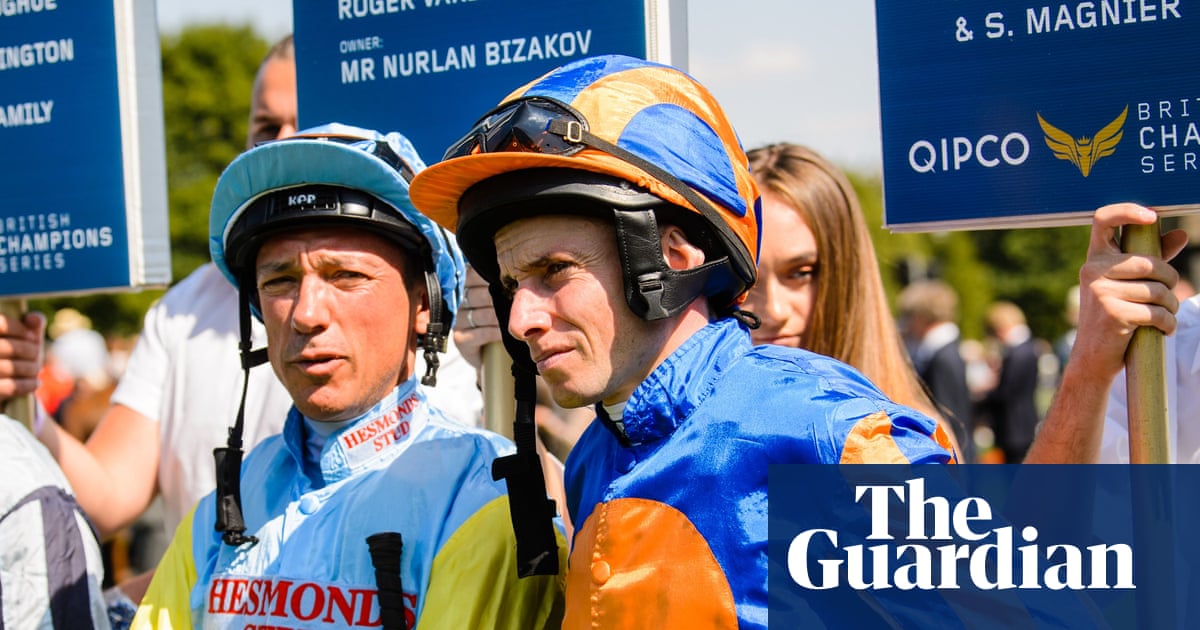Named for the sweet euphony of its tone, the euphonium is proving itself outside the brass band world and coming into its own in contemporary repertoire. Much music for euphonium is commissioned by David Childs, one of the instrument’s strongest and most gifted advocates – his whole family veritable champions – the latest being James MacMillan’s new concertante work for euphonium and string orchestra.
Its title, Where the Lugar Meets the Glaisnock, refers to the confluence of river and tributary in the Ayrshire town of the Cumnock where MacMillan spent his early years. It is dedicated to Childs and to the composer’s euphonium-playing grandfather, George Loy; an element of nostalgia is thus imbued in the piece’s character, evident from the opening solo statement – slow, lyrical and reflective. Yet the fast scale passages that emerged from the strings like eddying ripples and were quickly taken up by Childs signalled the soloist’s virtuosity immediately. It was this balance of arching melody and increasing rhythmic vitality that drove the performance, the absence of other wind instruments ensuring the soloist never risked being compromised. Only a long, expansive phrase with euphonium and strings in unison was curious for being undeniably rich but somehow not entirely convincing.
The piece had its premiere the previous night in Cardiff’s Hoddinott Hall, but the Swansea audience surely got the better experience, the warmth and finesse of Childs’ playing and the burnished strings of the BBC National Orchestra of Wales wonderfully resonant in the Brangwyn Hall.

MacMillan conducted with a composer’s authority, and it was with a composer’s sympathy that he approached the other works in this wide-ranging programme, ostensibly embracing folk inflections. In the case of Stravinsky’s Symphonies of Wind Instruments, those inflections are imagined rather than authentic but evocative nevertheless, and eloquently realised by the BBCNOW winds. Stravinsky’s later Symphony in Three Movements, with its mix of strident energy and longing for his Russian past, had great verve.
But the threads of melancholy in Gustav Holst’s Capriccio, and then in Vaughan Williams’s early tone-poem In the Fen Country, also had their own impact. So this was quite a workout for the emotions, all told.

.png) 6 hours ago
4
6 hours ago
4













































